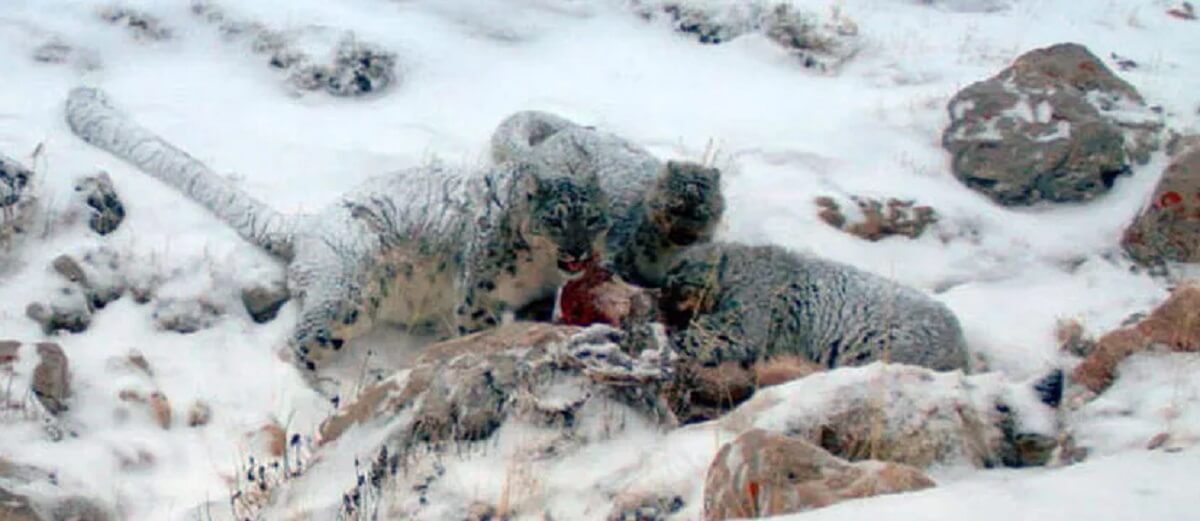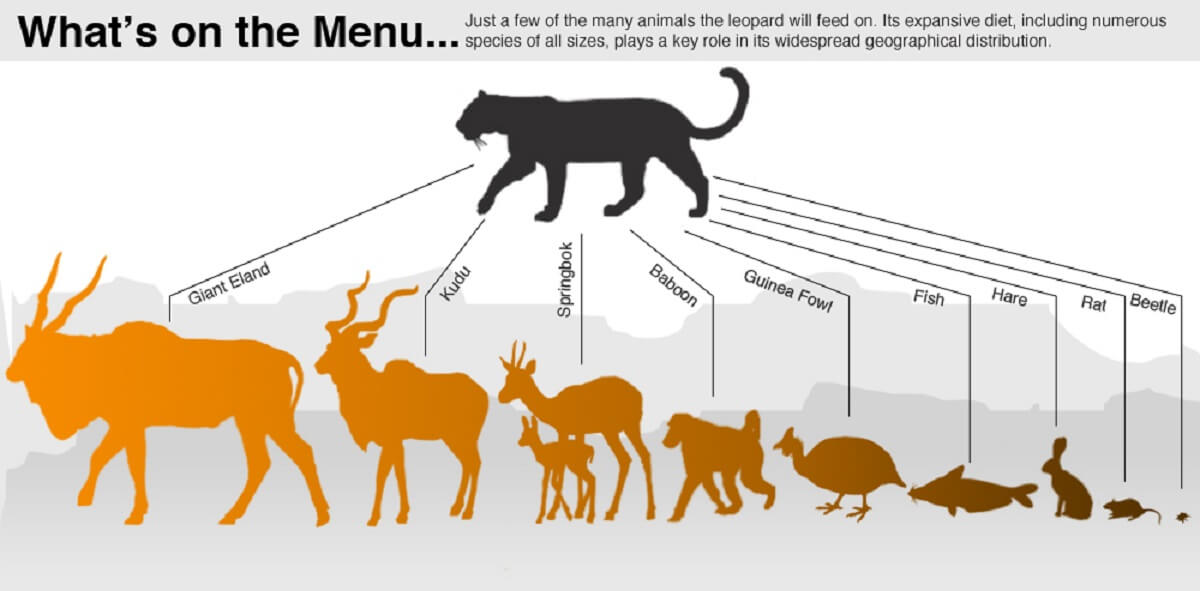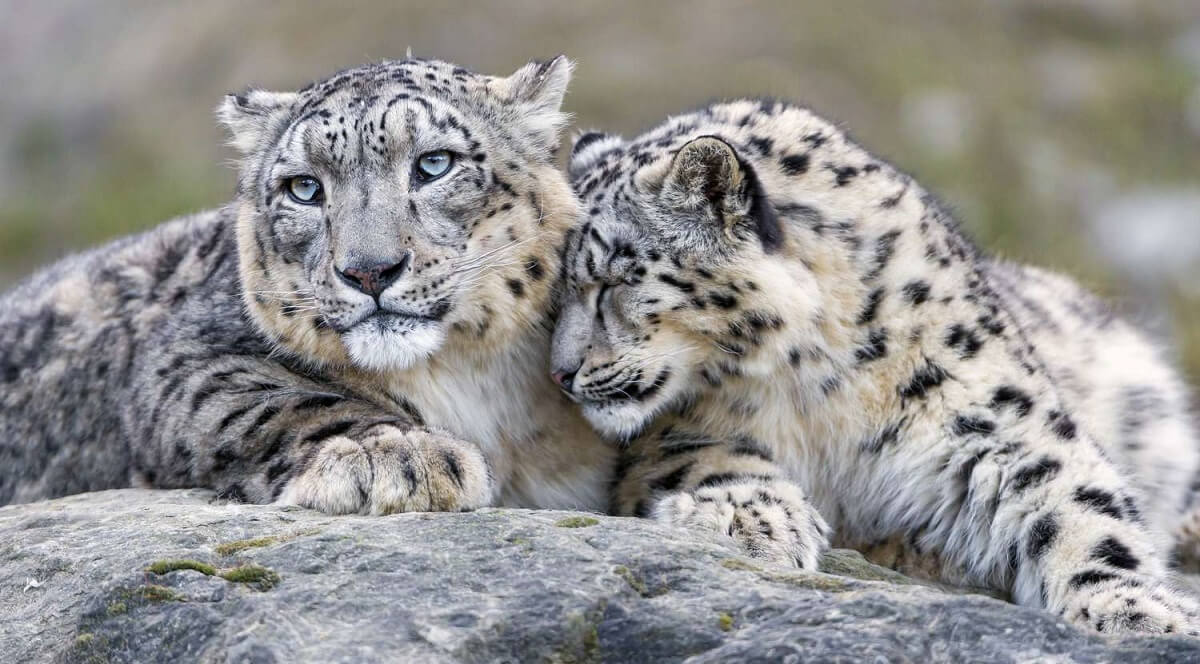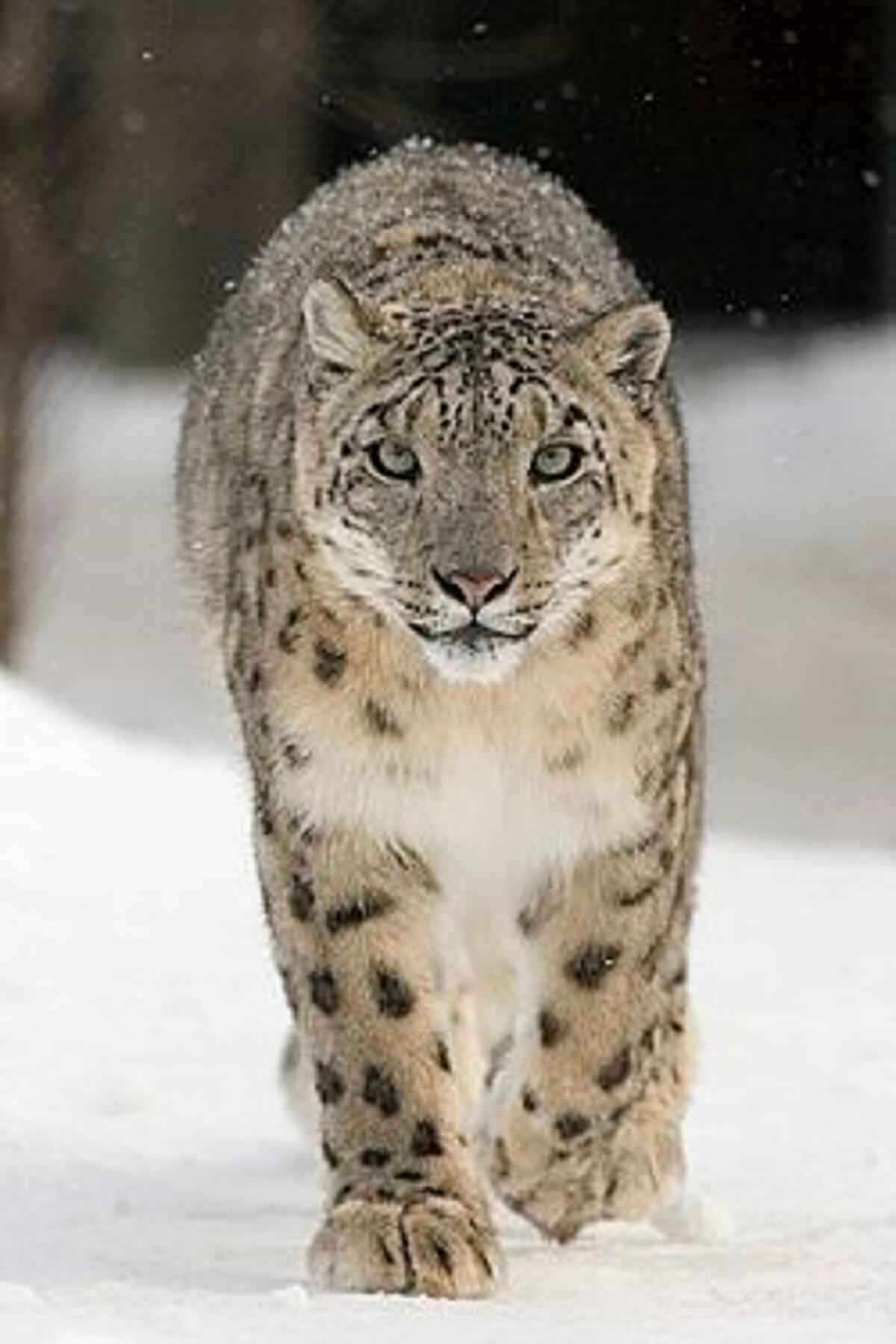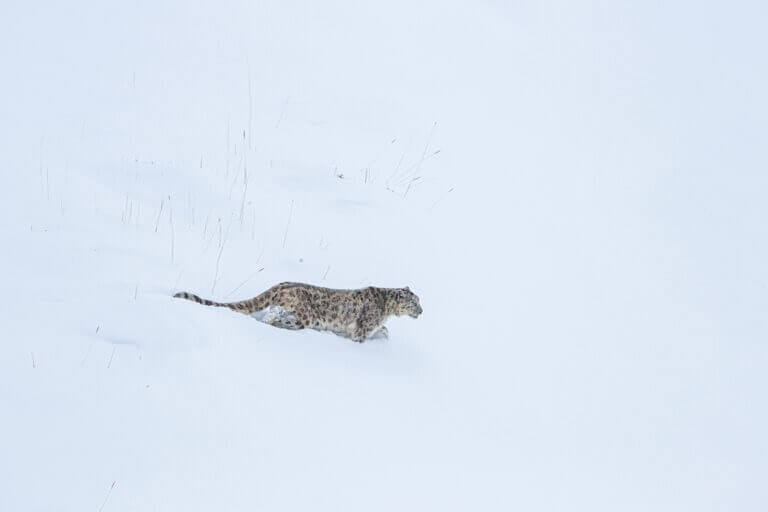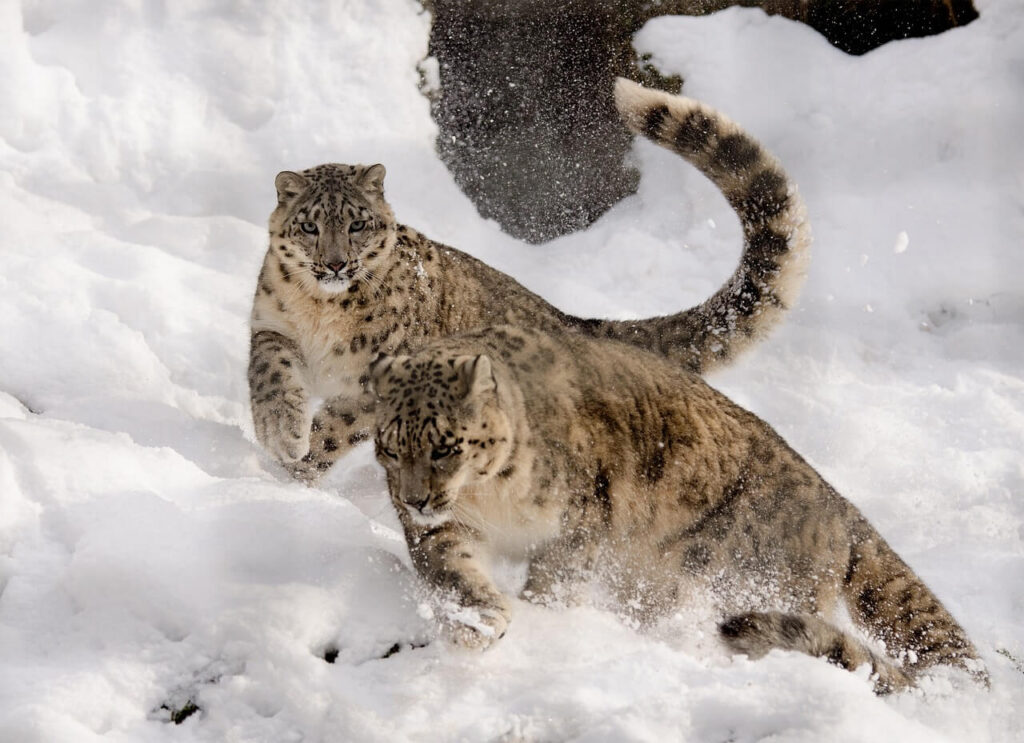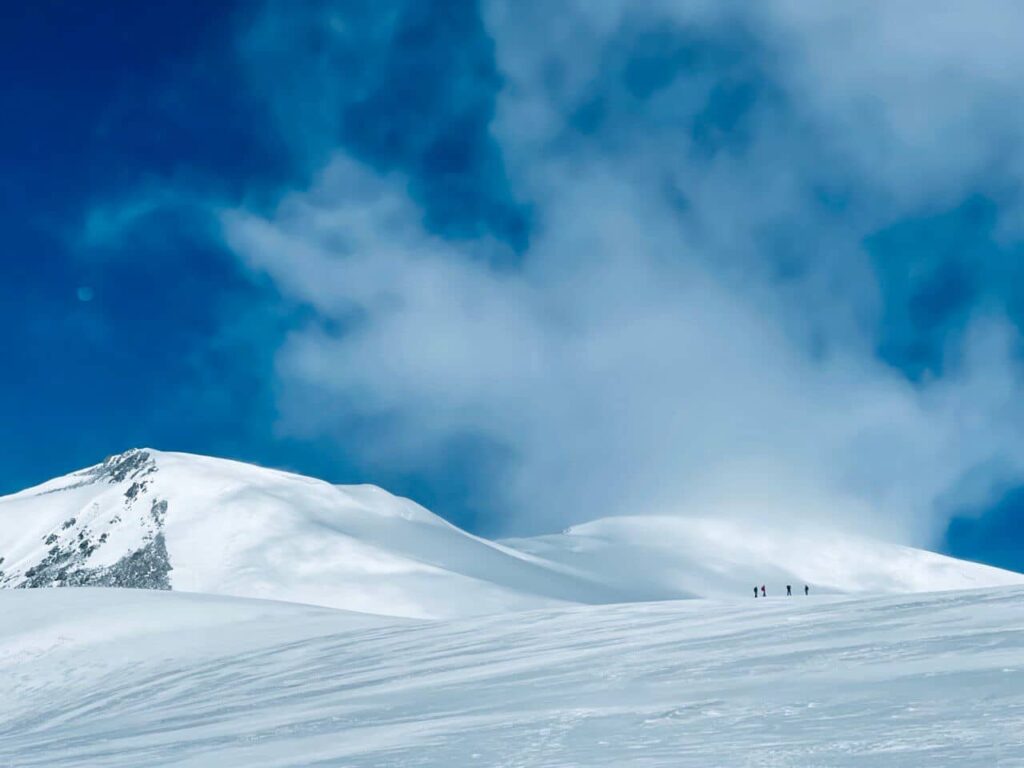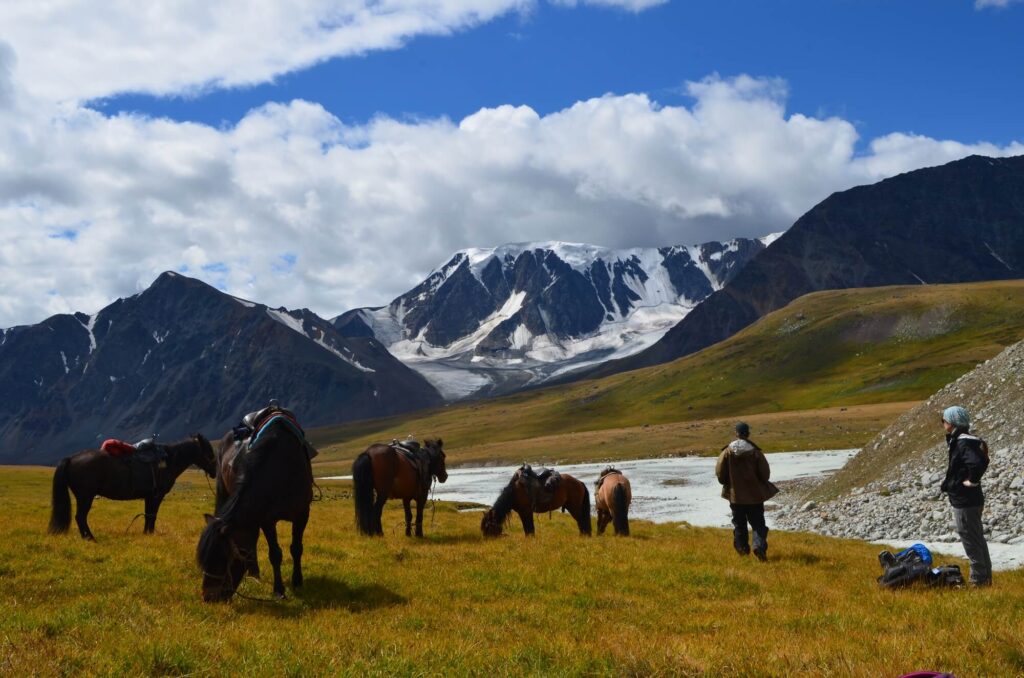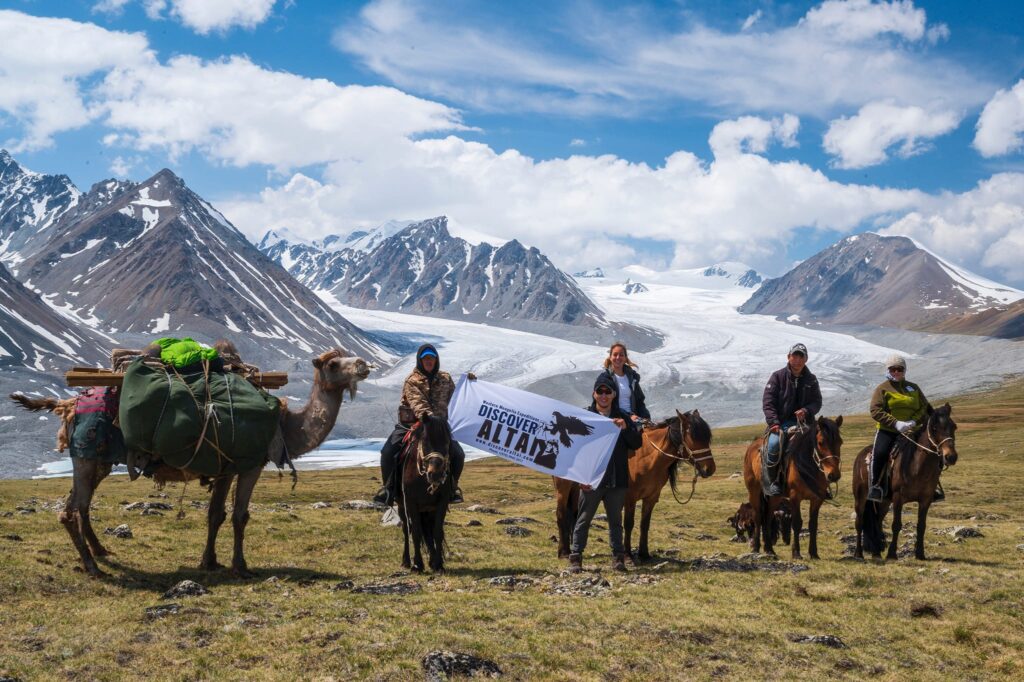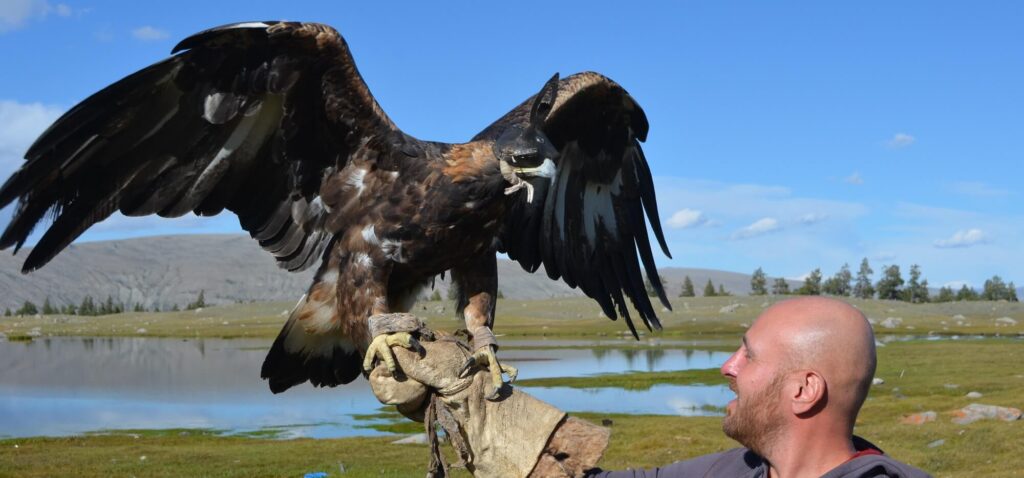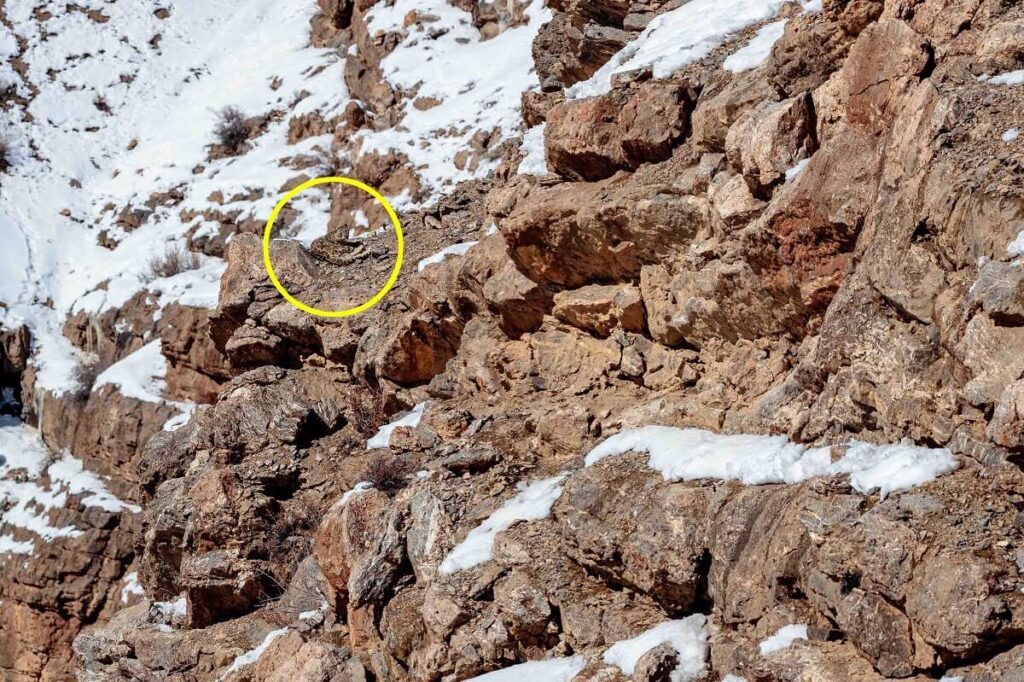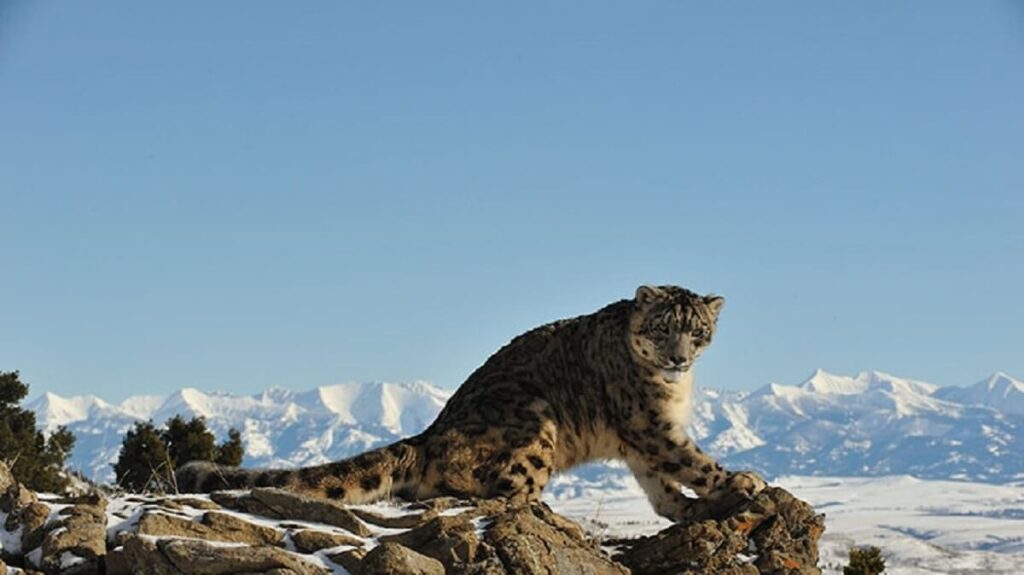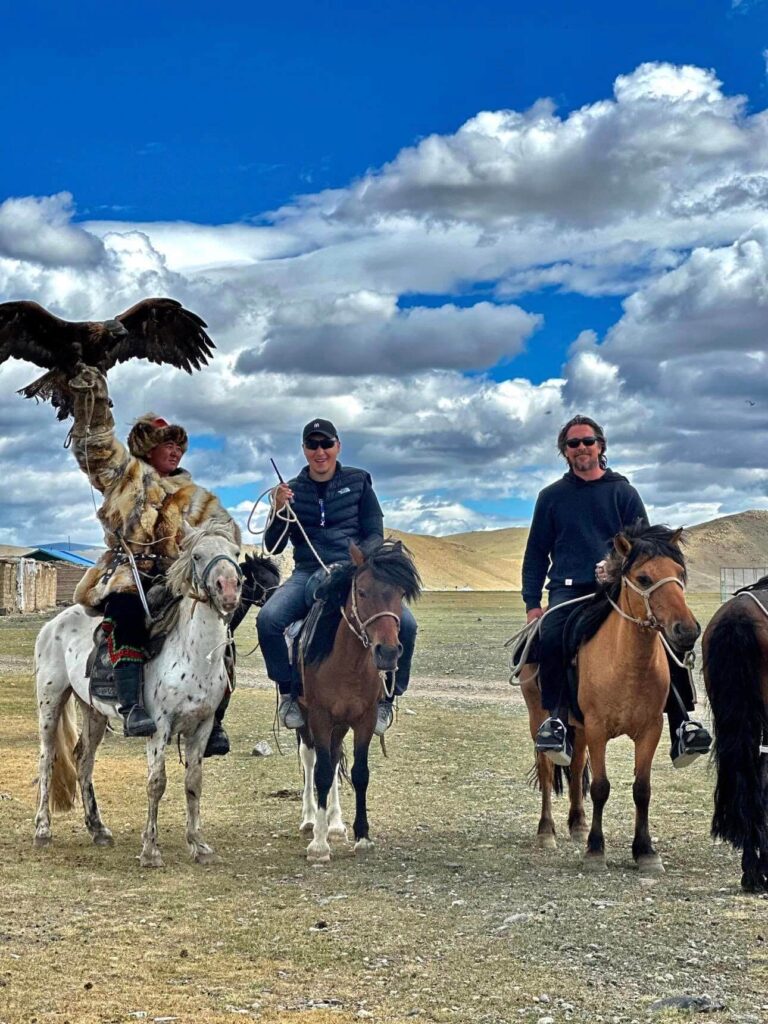Snow leopard diet and prey – Snow leopards are majestic big cats known for their elusive nature and striking appearance.
These solitary animals roam the high, rugged mountain ranges of Central and South Asia, including the Himalayas.
A key aspect of understanding these incredible creatures is exploring their diet and prey, which are crucial for their survival in the harsh mountainous environments they inhabit.
We offer you MONGOLIA SNOW LEOPARD PHOTOGRAPHY TOUR. Mongolia is the world’s 18th biggest country by territory with only three million people living here. Over 1.5 million square kilometers of land is inhabited by the last nomads and unique wild animals like the red fox, grey wolf, and snow leopards. It will be wonderful 🤩🤩
Primary Diet of Snow Leopards
Snow leopards are carnivores, meaning they primarily eat meat. Their diet mainly consists of medium-sized herbivores native to their mountainous habitat.
The most common prey for snow leopards includes blue sheep (bharal) and ibex, which are agile animals well-adapted to the steep, rocky terrain.
These two species make up a significant portion of the snow leopard’s diet across most of their range.
However, the diet of a snow leopard can vary significantly depending on the availability of prey in different regions.
Other Prey Species
Apart from blue sheep and ibex, snow leopards also hunt smaller animals when larger prey is scarce.
These include marmots, hares, and various bird species. In some areas, they may also prey on larger animals such as the argali sheep or domestic livestock like goats, sheep, and young yaks.
This tendency to hunt domestic animals sometimes leads to conflicts with local farmers and herders.
Hunting Techniques and Feeding Habits
Snow leopards are exceptional hunters, utilizing their camouflaged fur to blend into the rocky terrain and sneak up on their prey.
They rely on their keen senses of sight and hearing to detect animals from a distance. Once a target is spotted, they approach with stealth and patience.
A typical hunt may end with a quick and powerful sprint followed by a leap to pounce on their prey, which they kill by a bite to the neck or throat.
Despite their powerful build and hunting prowess, snow leopards need to conserve energy and often eat slowly, consuming large quantities from a single kill over several days.
They are known to drag their prey to secluded spots to protect it from scavengers, covering it with snow or leaves to hide it.
Adaptations to Their Environment
The diet of snow leopards reflects their remarkable adaptation to their environment. Living in high altitudes, where vegetation is sparse and large herbivores are the most viable food source, these cats have evolved to have strong hind legs for leaping and climbing, a long tail for balance, and an exceptionally thick coat for insulation against the cold.
Challenges and Conservation
Snow leopards face several challenges related to their prey and diet. The availability of natural prey can be affected by overhunting and competition from domestic livestock.
Additionally, climate change is altering the habitats of both the snow leopard and its prey, potentially leading to a decrease in prey availability. These factors make it difficult for snow leopards to find adequate food, which is crucial for their survival and reproduction.
Conservation efforts are focused on protecting natural habitats, implementing programs to reduce human-wildlife conflict, and promoting sustainable practices among local communities.
By understanding the dietary needs and hunting behaviors of snow leopards, conservationists can better manage and protect these animals and their ecosystem.
In summary, the diet of snow leopards is primarily composed of medium-sized herbivores such as blue sheep and ibex, but it can vary based on the availability of prey.
Their survival depends heavily on their ability to adapt to the scarce resources of their mountainous environments, and they face ongoing challenges due to human activities and environmental changes. Conservation efforts are crucial to ensure that snow leopards continue to thrive in their natural habitat.

